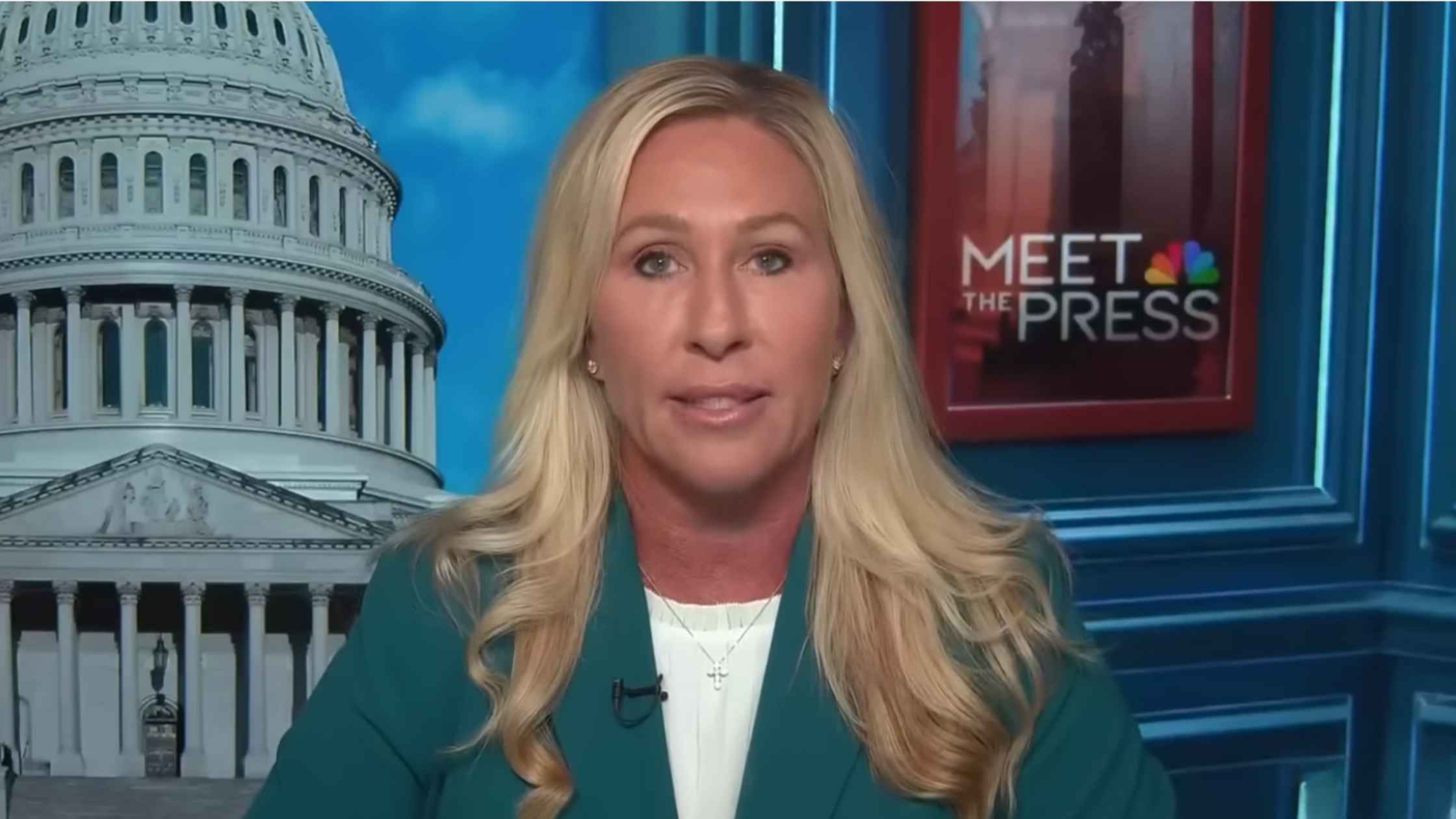Rev’s Transcript Library
Explore our extensive collection of free transcripts from political figures and public events. Journalists, students, researchers, and the general public can explore transcripts of speeches, debates, congressional hearings, press conferences, interviews, podcasts, and more.

MTG Addresses Venezuela on Meet The Press
Marjorie Taylor Greene discusses why she thinks the capture of the Venezuelan President doesn’t fulfill the America First promises. Read the transcript here.

Rubio Addresses Venezuela on Meet The Press
Secretary of State Marco Rubio joins Meet the Press to discuss his involvement in the U.S. capture of Nicolás Maduro. Read the transcript here.

Trump speaks after US strikes Venezuela and Captures Maduro
Donald Trump reveals that the United States struck Venezuela and its president had been captured and flown out of the country. Read the transcript here.

NYC Engagement Changes
NYC Mayor Zohran Mamdani announces the creation of the Office of Mass Engagement to communicate with citizens. Read the transcript here.

State Department Year End Press Conference
Marco Rubio holds a year-end news conference on Venezuela, the Ukraine War, and Gaza. Read the transcript here.

White House Announces Lower Drug Prices
Donald Trump announces "most favored nation" pricing on prescription drugs with major pharmaceutical companies. Read the transcript here.

Joshua vs Paul Post Fight Press Conference
Anthony Joshua vs Jake Paul post-fight press conference. Read the transcript here.

Marijuanna Reclassification
Donald Trump orders the reclassification of marijuana, downgrading it to a Schedule III drug. Read the transcript here.
Subscribe to The Rev Blog
Sign up to get Rev content delivered straight to your inbox.









